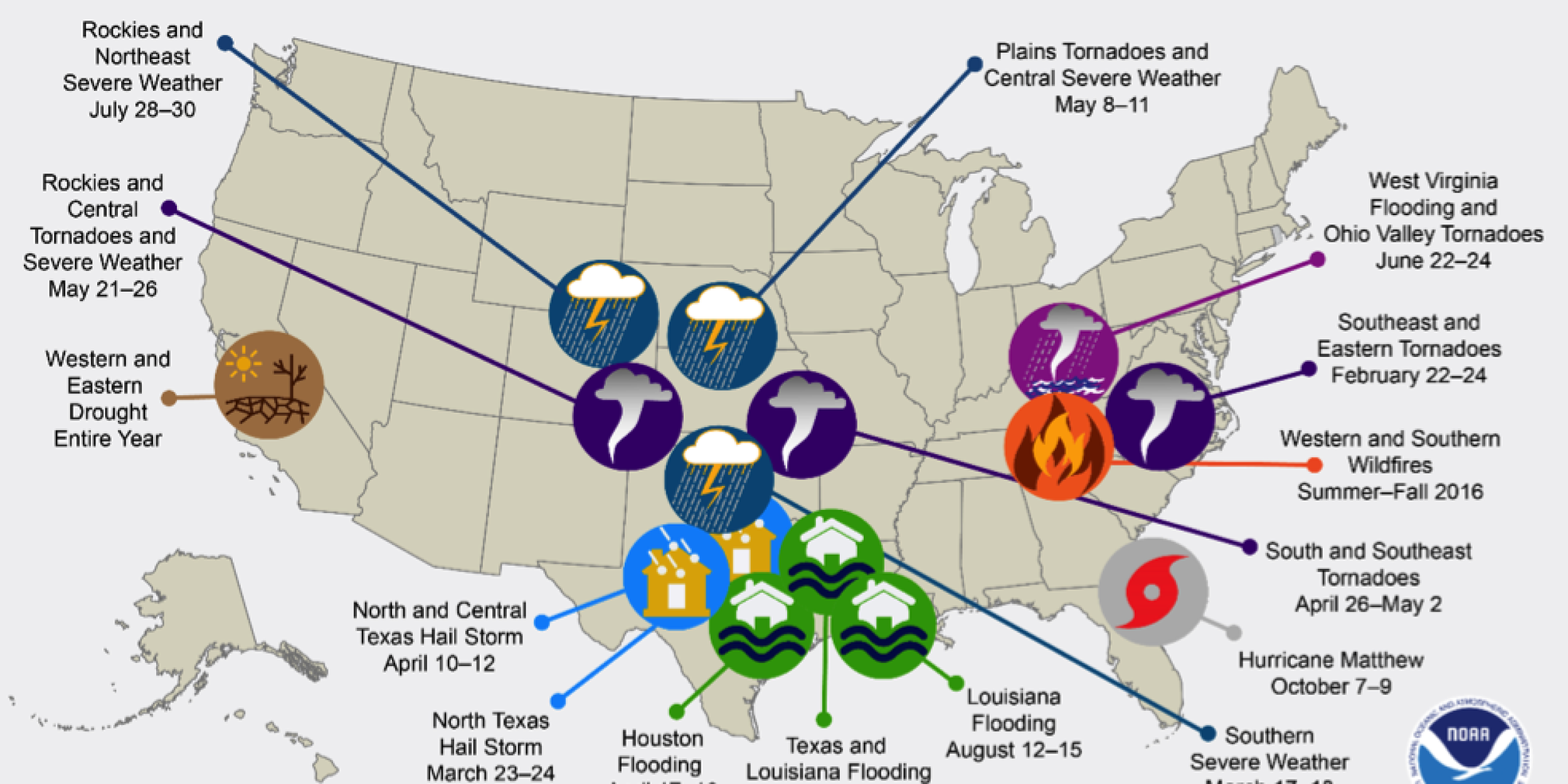NOAA’s Climate Program Office Sectoral Applications Research Program (SARP) and the American Planning Association (APA) gathered together 64 planners, practitioners, researchers, and policymakers for two roundtable discussions focused on the inclusion of weather and climate science in local planning on March 9 and 21, 2017 in Washington, D.C. and Chicago, IL, respectively.
These discussions focused on developing tools, packaging data, and providing funding and technical assistance for climate adaptation and planning. A summary of the discussions, “Weather and Climate Extremes: The Role of Science in Municipal Planning,” provides ideas for future efforts from those most familiar with associated problems facing our communities.
“There is an increasing demand for information, particularly related to weather and climate extremes, that communities can use to prepare and respond,” said Dr. Wayne Higgins, Director of NOAA’s Climate Program Office. “This summary document, jointly developed by NOAA’s SARP and the APA, is a first step in a partnership that is investigating ways communities can better incorporate weather and climate information into their planning processes to help them be more resilient.”
There were three primary goals for these discussions, to:
- Advance understanding of demand for and efforts to improve use of weather and climate information in planning.
- Identify barriers to the use of weather and climate information and ways to overcome them.
- Gain insight into effective delivery of weather and climate information in planning.


The number and damages from extreme weather and climate events in the U.S. has steadily risen. Since 1980, the U.S. has sustained 203 billion-dollar disasters with combined costs exceeding $1.1 trillion. (Credit: NOAA)
The Washington D.C. roundtable approached the topic from a national perspective, bringing together 38 participants from a variety of sectors including transportation, environmental, and water resource planning. Participants thought critically about how the resources they develop are useful for planners working at local and regional scales.
The Chicago roundtable approached the topic from a local and regional perspective with 26 planners, practitioners, and researchers from the metropolitan area and wider Midwest region. Participants shared their approaches, critiques, and suggestions for how climate science can be better integrated into the planning process.
“Communities are at the front-line in planning for and responding to the impacts from weather and climate,” said David Rouse, the APA’s Managing Director of Research and Advisory Services. “This partnership between NOAA SARP and the APA provides an excellent opportunity to help communities meet the challenges of growth and change by bridging the gap between the science developed at the national level and information planners can use at the local level.”
APA and NOAA SARP will continue to work with those organizations that attended the workshops (as well as others that are interested) in developing a community of practice to share insights on using climate information in planning.










